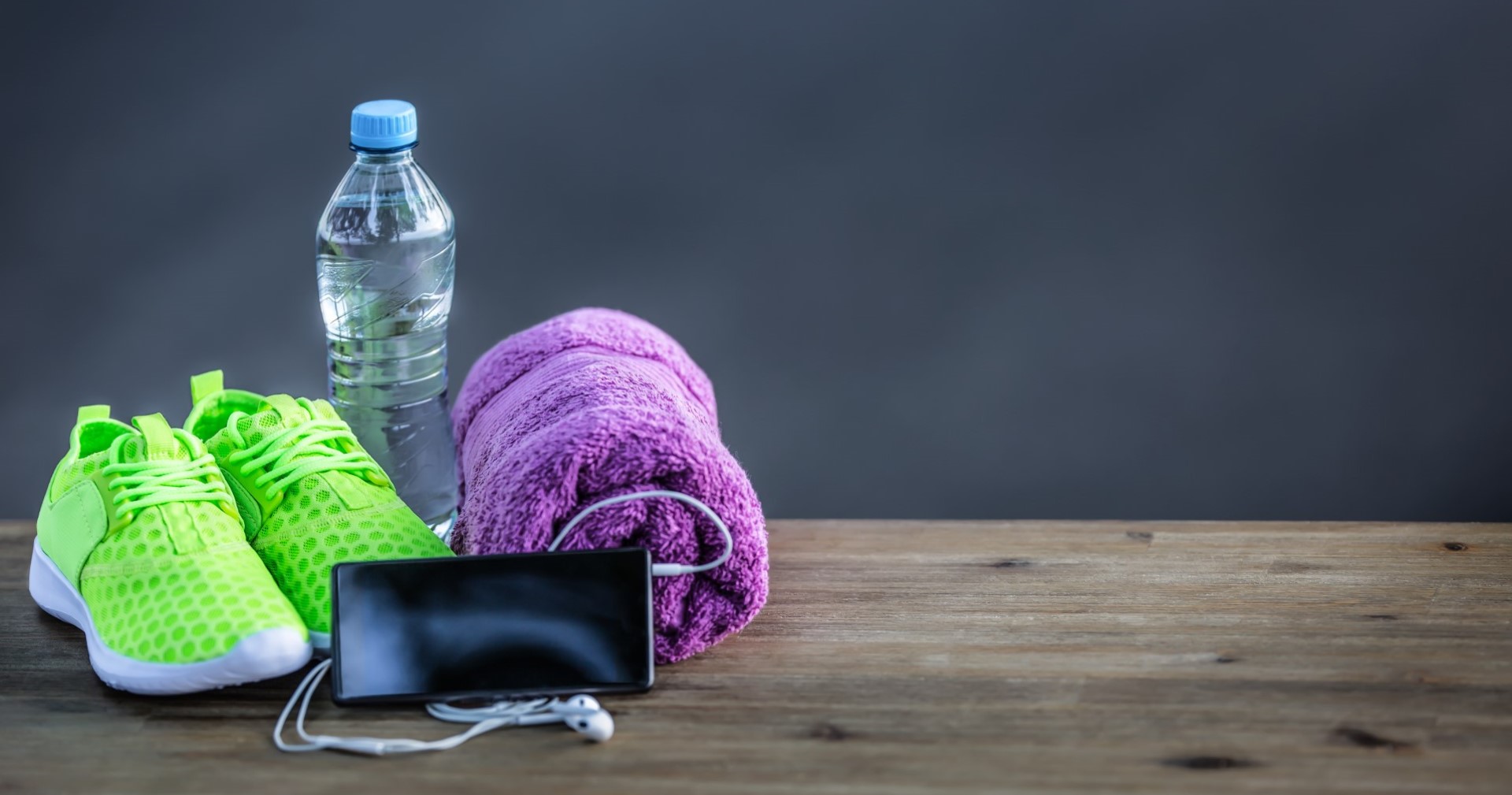Why Exercise is Important:
- Improves Physical Health: Regular exercise strengthens your muscles and bones, improves cardiovascular health, and boosts your immune system.
- Boosts Mental Health: Exercise releases endorphins, which can help reduce stress, anxiety, and depression. It can also improve your mood and overall mental well-being.
- Enhances Academic Performance: Physical activity can improve concentration, memory, and classroom behavior, leading to better academic performance.
- Promotes Healthy Habits: Establishing an exercise routine early in life can lead to long-term healthy habits.
Benefits of Being in Good Physical Shape:
- Increased Energy Levels: Regular exercise helps improve your stamina and energy levels, making daily activities easier.
- Better Sleep: Physical activity can help you fall asleep faster and deepen your sleep.
- Healthy Weight Management: Exercise helps in maintaining a healthy weight by burning calories and increasing metabolism.
- Improved Self-Esteem and Confidence: Achieving fitness goals and feeling good about your body can boost your self-esteem.
Types of Exercises
1. Cardiovascular Exercises (Cardio):
- Importance: Cardio exercises increase your heart rate, improve cardiovascular health, and burn calories.
- Examples:
- Running or Jogging: You can do this in your neighborhood, park, or school track.
- Jump Rope: An excellent way to get your heart pumping.
- Dancing: Put on your favorite music and dance at home.
- Cycling: Ride your bike around your neighborhood or a local trail.
2. Strength Training:
- Importance: Builds and strengthens muscles, improves bone density, and increases metabolism.
- Examples:
- Bodyweight Exercises: Push-ups, squats, lunges, and planks. These exercises can be done anywhere without any equipment.
- Resistance Bands: Affordable and portable, these can be used for various strength exercises.
- Household Items: Use water bottles or canned goods as weights for bicep curls and shoulder presses.
3. Flexibility and Stretching:
- Importance: Enhances the range of motion of your joints, reduces the risk of injuries, and decreases muscle soreness.
- Examples:
- Static Stretching: Stretch each major muscle group and hold for 15-30 seconds.
- Dynamic Stretching: Controlled leg and arm swings that gently take you to the limits of your range of motion.
- Yoga: Follow along with a yoga video or attend a class to improve flexibility and reduce stress.
4. Balance Exercises:
- Importance: Improves stability, coordination, and prevents falls.
- Examples:
- Standing on One Leg: Practice balancing on one leg for 30 seconds, then switch.
- Heel-to-Toe Walk: Walk in a straight line placing the heel of one foot directly in front of the toes of the other foot.
- Tai Chi: This ancient practice focuses on slow, controlled movements and can be done via instructional videos.
Ways to Exercise Without a Gym
1. Outdoor Activities:
- Hiking: Explore local trails and enjoy nature.
- Sports: Play basketball, soccer, tennis, or any sport with friends.
- Swimming: If you have access to a pool, swimming is a great full-body workout.
2. At-Home Workouts:
- Online Fitness Classes: Many websites and apps offer free workout videos for all fitness levels.
- Household Chores: Cleaning, gardening, and other chores can be surprisingly effective workouts.
- DIY Obstacle Course: Set up a fun obstacle course in your yard using household items.
3. Active Transportation:
- Walking or Biking to School: If it’s safe and feasible, choose these active modes of transportation.
- Skateboarding or Rollerblading: Fun ways to get moving while traveling short distances.
Creating Your Exercise Plan
- Set Goals: Determine what you want to achieve (e.g., running a mile without stopping, doing 20 push-ups, etc.).
- Make a Schedule: Plan your workouts for specific days and times. Consistency is key!
- Mix It Up: Include a variety of exercises to work different muscle groups and keep things interesting.
- Track Your Progress: Keep a journal or use an app to log your workouts and track improvements.
- Stay Motivated: Find a workout buddy, join a club, or reward yourself for reaching milestones.
Conclusion
Exercise is a vital part of a healthy lifestyle. It not only benefits your physical health but also enhances your mental well-being and academic performance. By incorporating a mix of cardio, strength training, flexibility, and balance exercises into your routine, and finding creative ways to stay active without a gym, you can develop lifelong healthy habits. Start today and enjoy the numerous benefits of staying in good physical shape!

